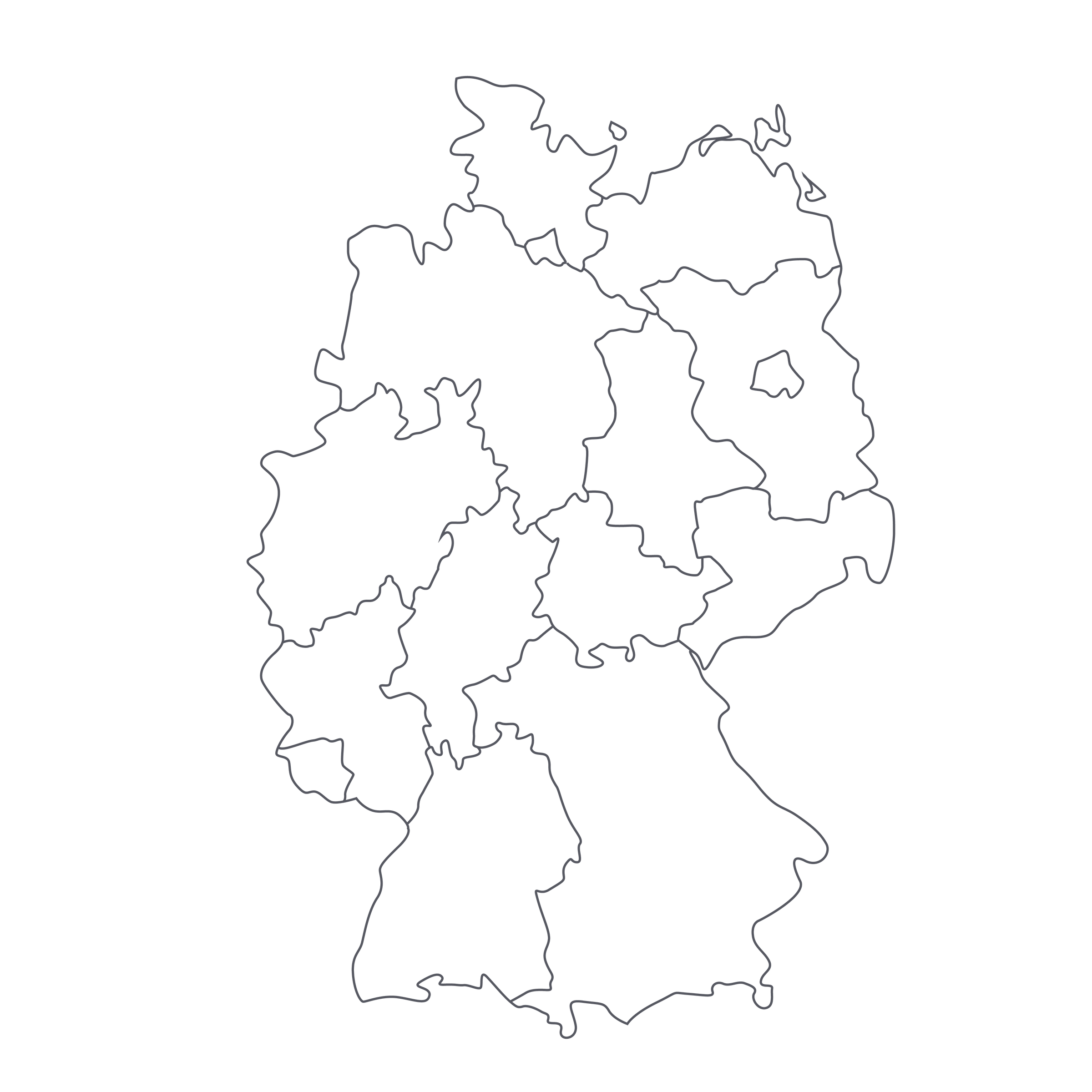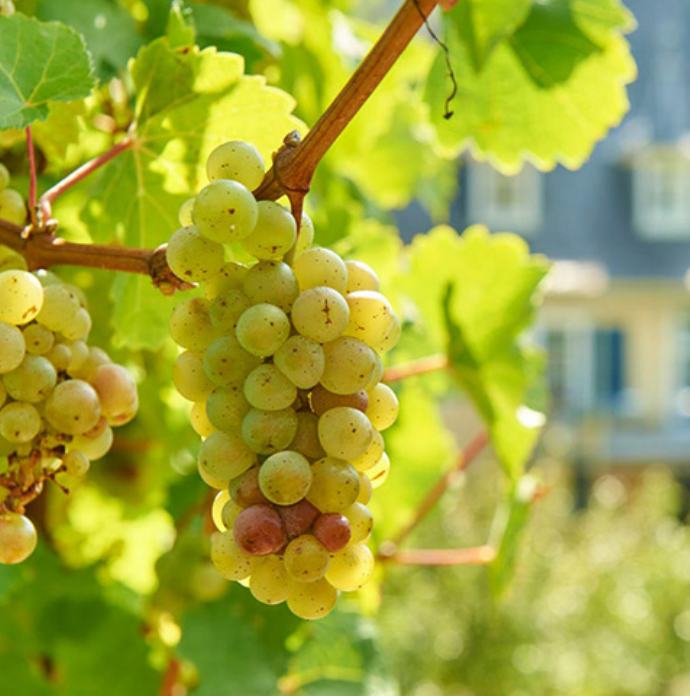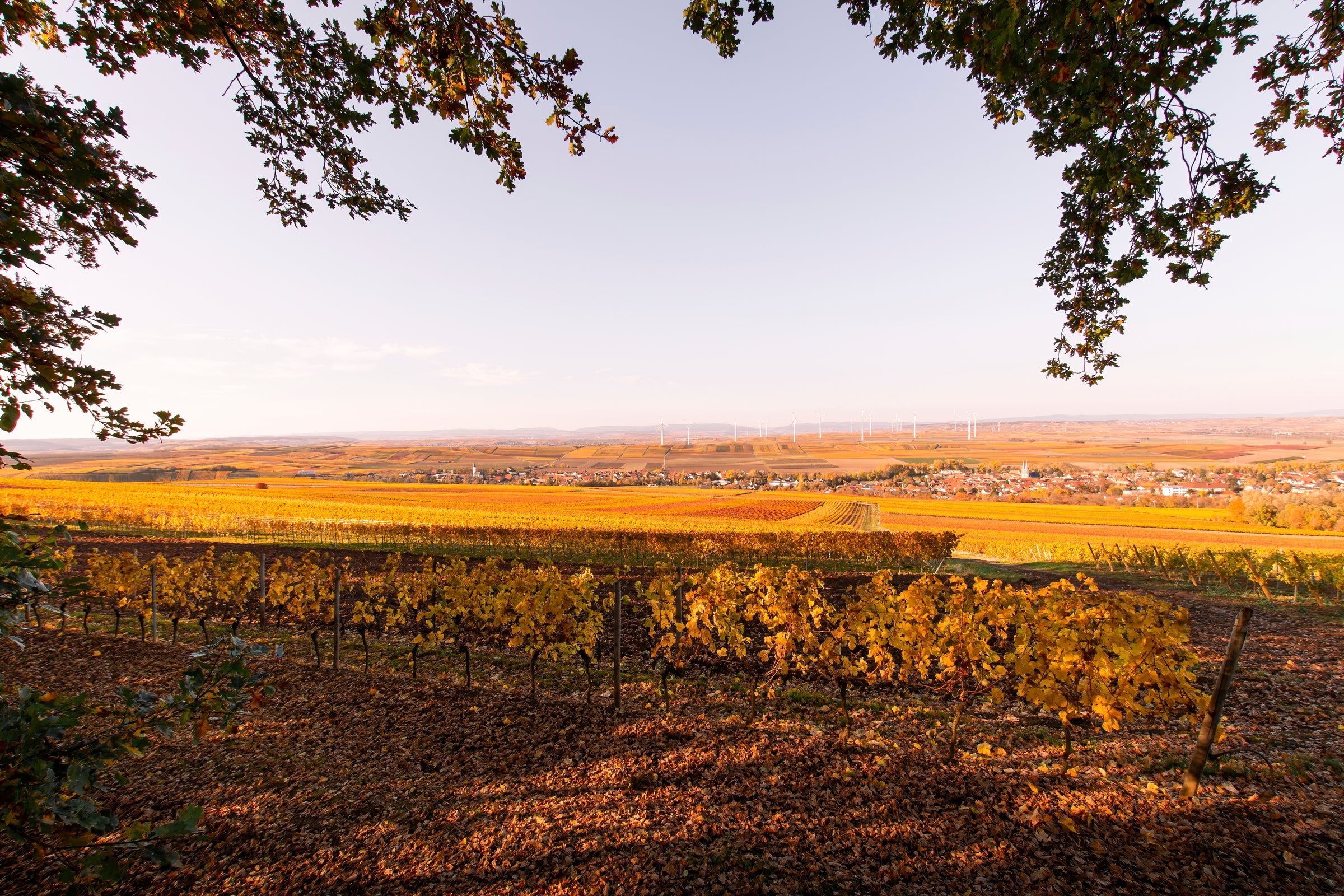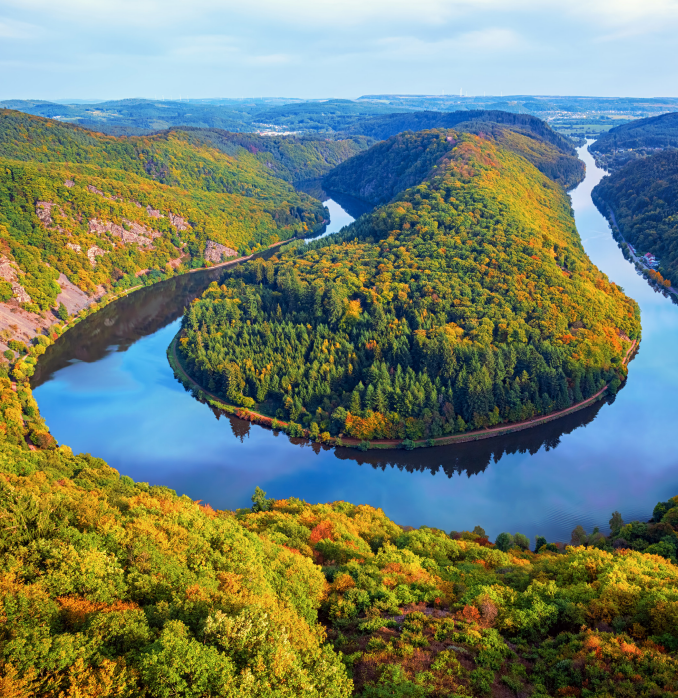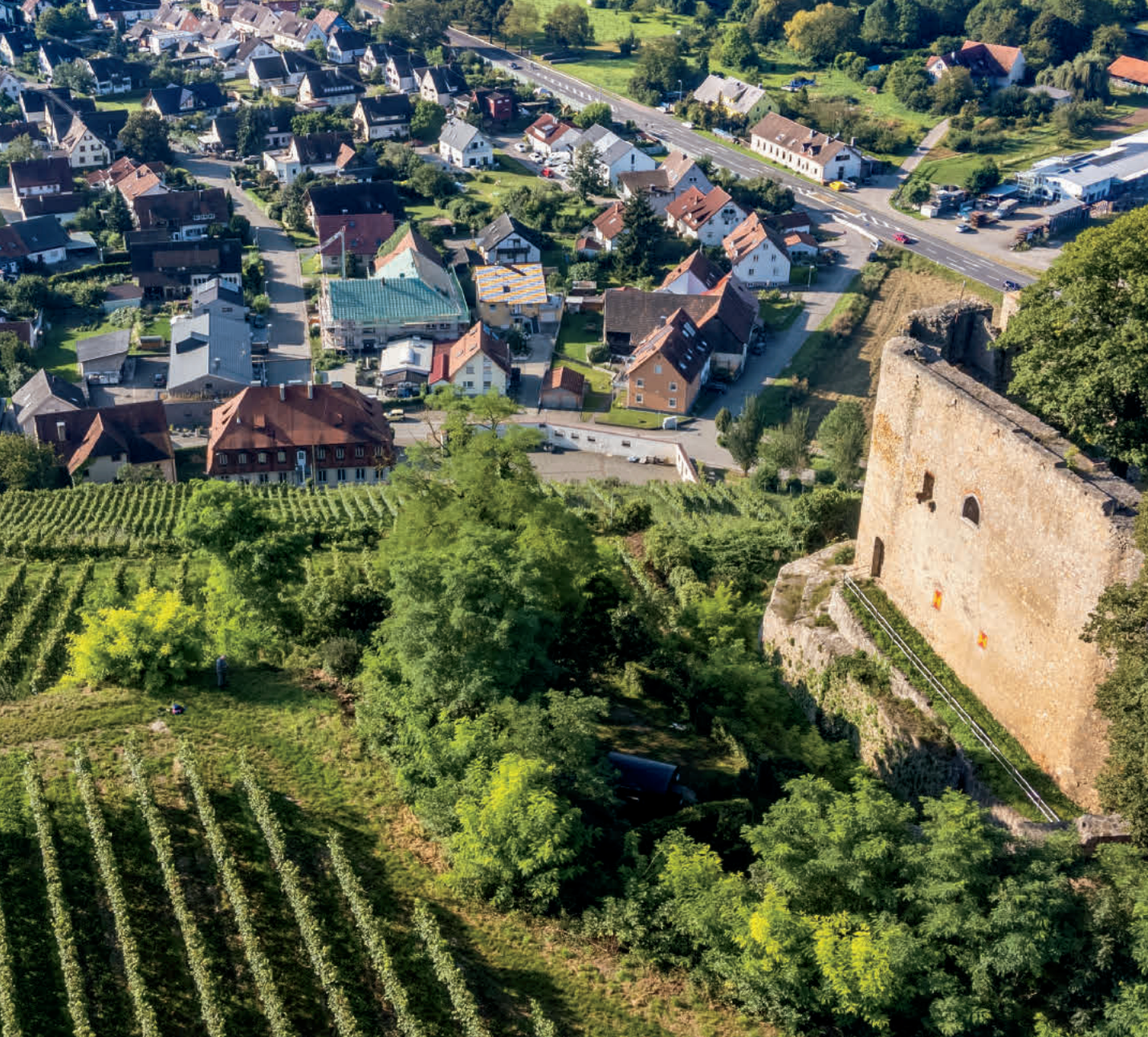Riesling may be the best grape of all when it comes to snapping the taster to attention. Between its exuberant aromas and laser-beam freshness, today’s old-vine (
alte reben) Riesling from Haack grabbed me by the lapels and commanded my attention. The salivary response was instantaneous, my palate was awake, and I thought: Now
this is why we drink wine!
I don’t know about you, but I want to be moved by a wine. And perhaps no grape does that quite like German Riesling. The variety’s uncommon natural acidity and wide range of possible sugar contents might scare off the faint of heart. But those privy to Riesling’s secrets anticipate age-worthy, balanced, and food-friendly wine at any level of residual sugar; wine to remind you why you loved it in the first place. Today’s offering does exactly that. This electric old-vine Riesling from Nahe is the tiniest bit shy of dry, packed with power and finesse in equal measure. With four years of age already softening its edges, this wine is entering its perfect drinking window. It’s life-affirming and wallet-friendly at the same time, and it also happens to be exclusive to SommSelect right now, so be the first on your block to get some!
Weingut Haack is a relative newcomer to the ancient region of Nahe. It’s sandwiched between the tiny wine-growing villages of Rümmelsheim and Dorsheim, in the district of Bad Kreuznach. The new winery was founded in 2015 when each individual member of the Haack family (all four of them!) decided they’d had enough of their previous careers and answered a collective calling. They purchased an elegant Baroque farmhouse just west of the river, and with it eight hectares of old vines. The estate was first built in 1732 and used to belong to a gentleman and his eponymous winery: Michael Schäfer. A staunch traditionalist, Schäfer was pleased to pass on his old family estate to the Haacks, whose interest in wine has a strong foundation in environmental respect and close-to-nature cultivation of the vine.
With a production size of just over 2,000 cases, each wine the Haacks produce explores a different facet of their varied terroir. This is Nahe’s strong suit over the better-known Rheingau or Mosel regions—soils are varied owing to the region’s varied geologic history. The Haack vineyards—predominantly Riesling but also Kerner, Silvaner, Weissburgunder, Scheurebe, and Dornfelder—spread across flat and steep areas alike, and encompass myriad depths and compositions of soil. Their wine production is varied as a result: 10 different wines in the most recent 2018 vintage, including three reds and some sparkling. Each individual wine is made in minuscule quantities.
The 2015 Alte Reben Riesling originates from vines closest to the farmhouse, planted in a mixture of red and green (yes, green!) slate soil. 2015 was their inaugural vintage, but those intelligent old vines have been in the game longer than the Haacks have, and perform accordingly. That’s why their winemaking practices lie at the crossroads of traditional craftsmanship and modern knowledge of viticulture. They trust their terroir and their fruit to do the work—there’s no improving those grapes once you bring them into the winery. It’s just a matter of not clouding the energy and purity of those inimitable flavors. Their youthful, dynamic team of winemakers—including son Lasse, who just graduated from Geisenheim University with a degree in viticulture—handpick and hand-sort grapes before a gentle pressing. Stainless steel is used during vinification and traditional, used oak fuder are employed for aging. This wine has been resting in bottle since 2016, concentrating its aromas in Haack's cool, dark cellar.
The wine is a bright straw-gold and it smells like pear tart, sea salt, and grapefruit rind, with a slight touch of pine sap. The rich fruit softens slightly in the glass after a few minutes, making way for more earthy notes of turmeric and wet slate. The palate is an electric shock of lemon juice, bee pollen, and Granny Smith heightened by a nearly imperceptible effervescence. This wine’s lightning acidity falls firmly in the “high” category, balanced by the barest hint of sweetness, like a kiss after a slap. It’s a remarkable wine, all said and done. Even this lighter-bodied expression of Riesling manages to balance all those shimmering flavors and sensations without effort. Your mouth fills with water, and you need another sip, another glass, and definitely another bottle. Drink at 45-50 degrees from an all-purpose glass and make sure you’ve got a plate of spicy stuffed chicken wings within reach. Oh, and a few napkins.


